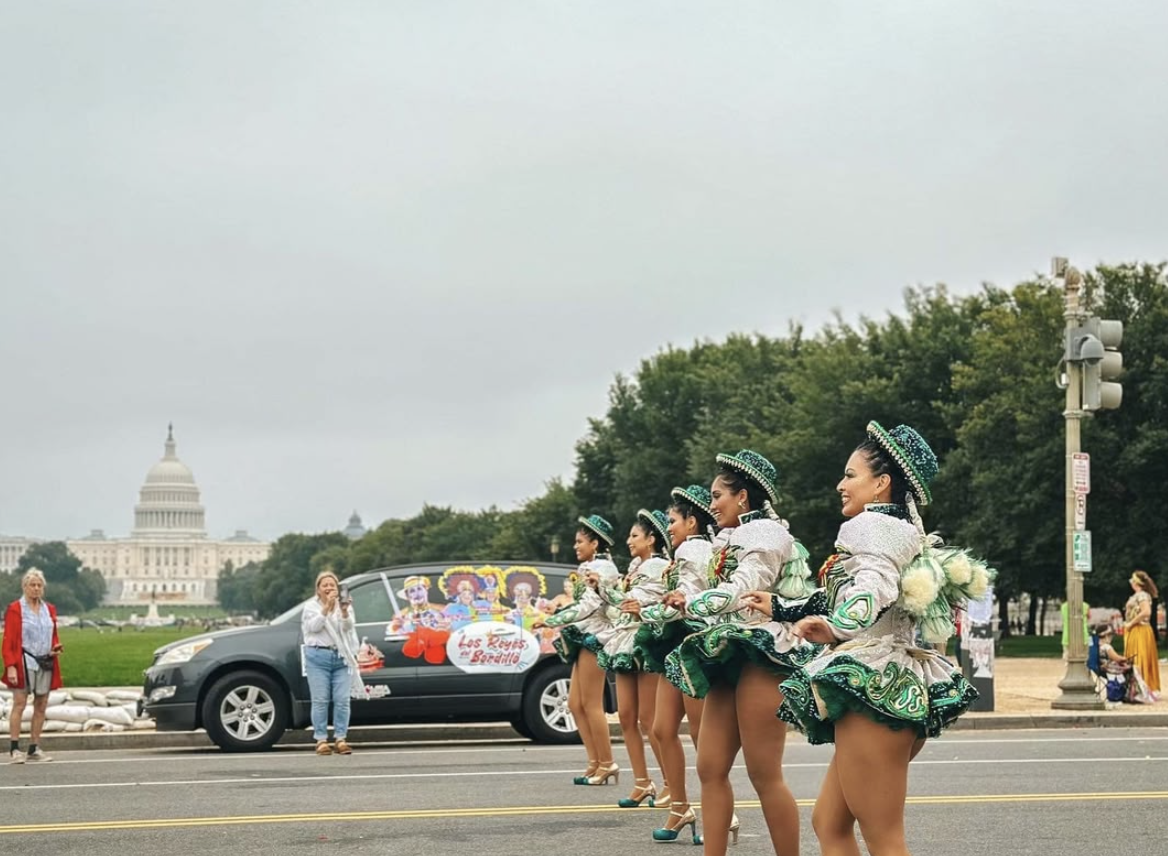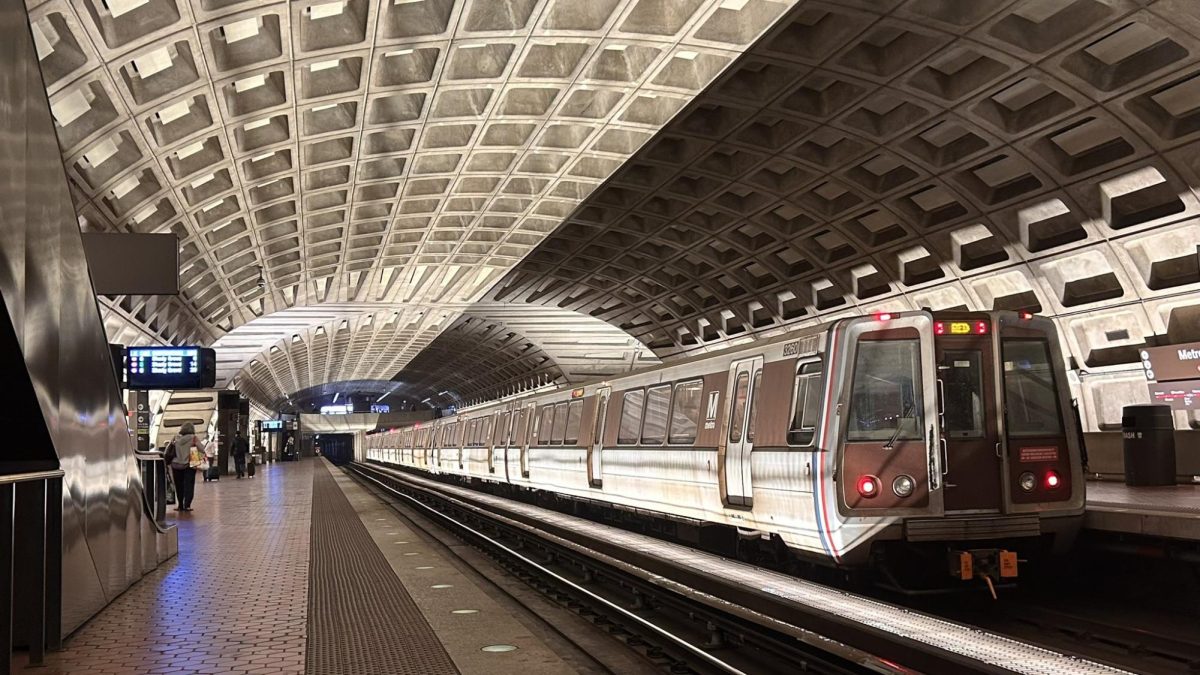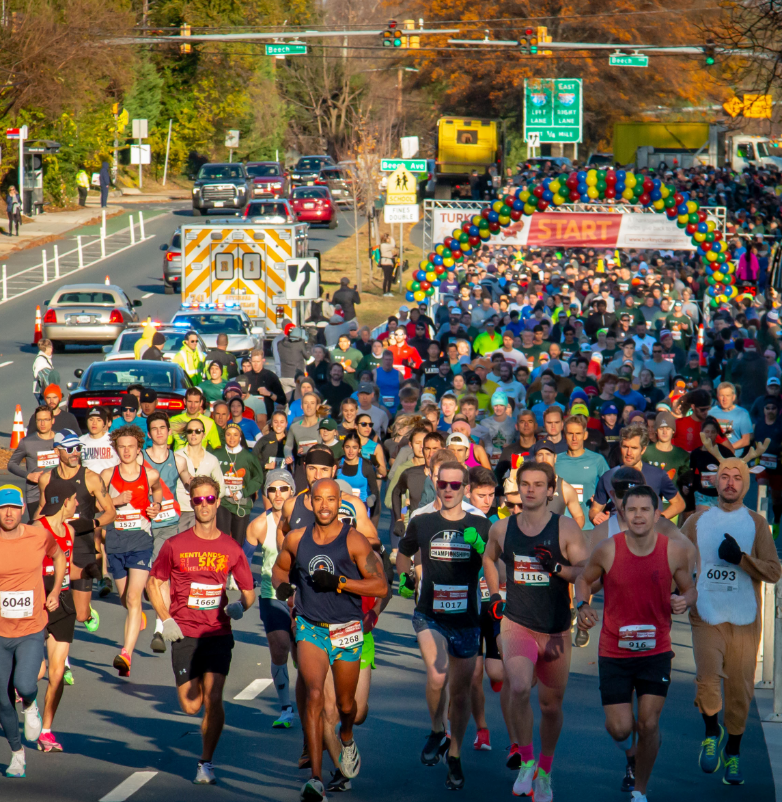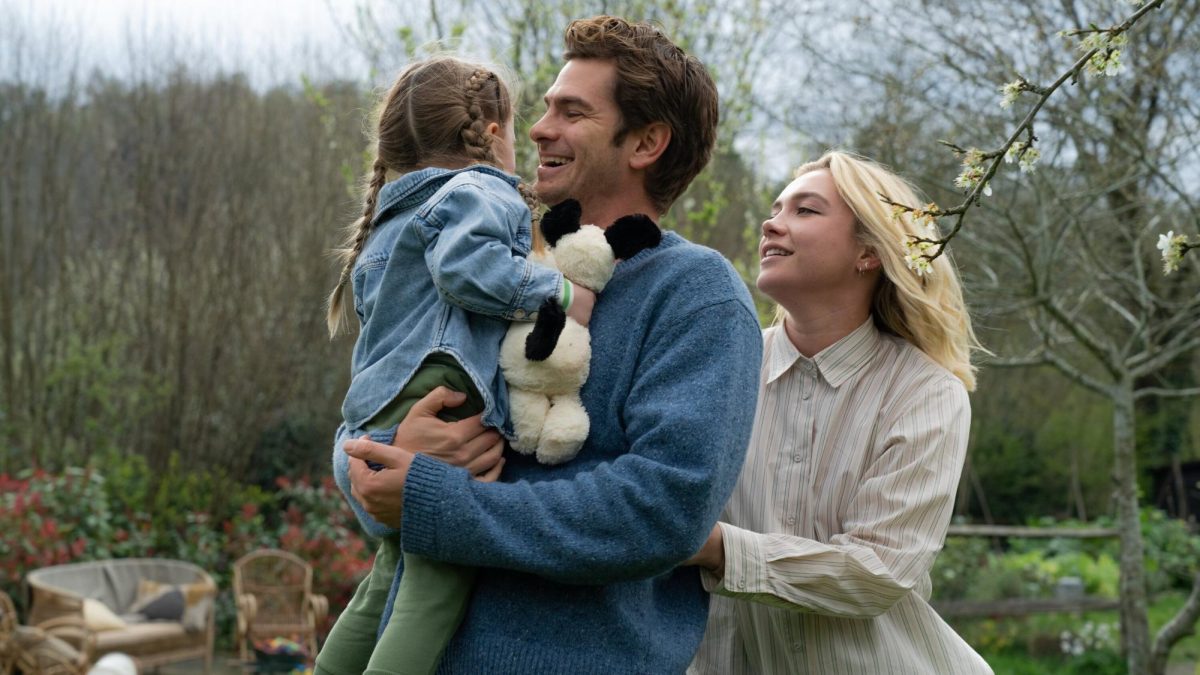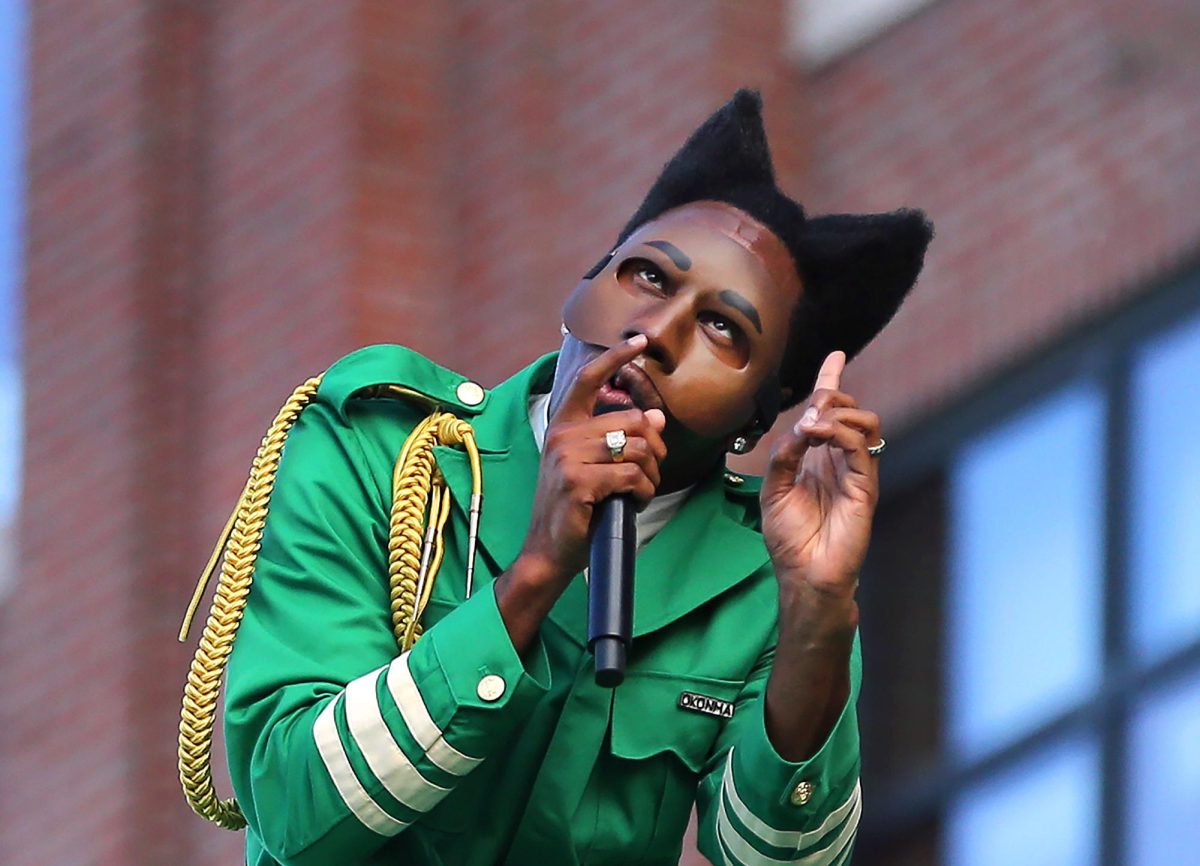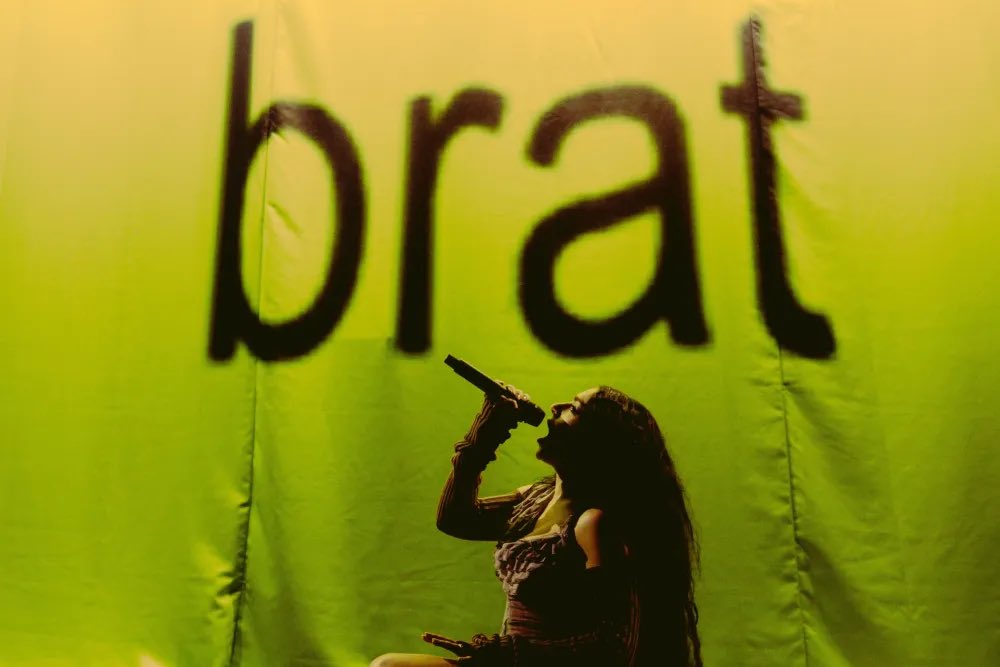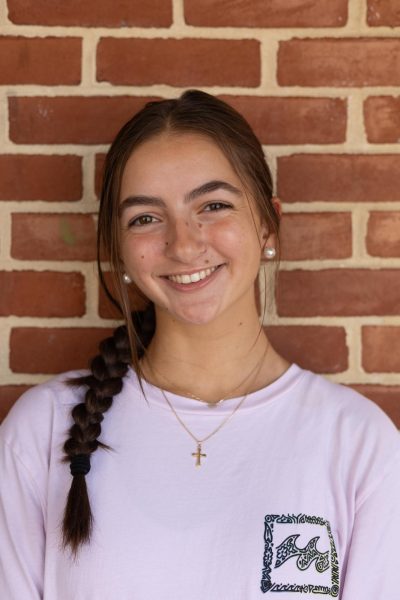Chatter fills the room as the blend of scents and rhythms of Latino cuisine and music flow through hallways adorned with traditional Hispanic decorations. Students migrate through the hallways from station to station, with each table highlighting a different Hispanic nation’s culture. Whitman’s Commons transformed into an international party thanks to the collaboration between the Latino Student Union and World Language Cafe to host multiple events celebrating Hispanic Heritage Month from Oct. 8 to Oct. 11.
Hispanic Heritage Month runs annually from Sept. 15 to Oct. 15 to celebrate the Hispanic community’s contributions to American society and culture.
California Congressman George E. Brown first pushed for formal recognition of the Hispanic community’s contributions in 1968. Later that year, Congress passed Public Law 90-48, authorizing President Lyndon B. Johnson to declare Sept. 15 and Sept. 16 as the commencement of National Hispanic Heritage Week. Since the umbrella term “Hispanic” refers to a wide variety of identities, California Representative Esteban E. Torres proposed extending the week to a month to allot more time for events. On Sept. 14, 1989, President George H.W. Bush became the first president to acknowledge National Hispanic Heritage Month, which every sitting president has recognized since.
Hispanic Heritage Month is an opportunity for Hispanic individuals to celebrate and display their cultural pride. Senior Emily Dietz-Martinez, the founder and president of Whitman’s Latino Student Union, values being able to connect with other Hispanic and Latino people during Hispanic Heritage Month, she said.
“It makes me really happy that in a school like Whitman, a predominantly white institution, there is a space for Latino students to celebrate our culture,” Dietz-Martinez said.
Taking breaks from rigid schedules to partake in quality time with loved ones is a major element in Hispanic culture, Dietz-Martinez said. According to her, Hispanic students, regardless of country of origin, can relate to each other on this level.
Dietz-Martinez said she feels that Americans tend to blend the many subcultures of the widespread Hispanic community into one group. She explained that celebrating Hispanic Heritage Month can correct the misconception that all Hispanic cultures are the same.
Approximately 20% of Montgomery County residents are Hispanic or Latino, making it the second largest ethnicity in the county. Spanish teacher Ana Maria Martin Romera says Latin American culture deserves recognition due to its growing presence in the United States.
“It is true that there are things we have in common, [but] there are 21 countries that speak the language, and each country has its own culture,” Romera said. “Hispanic culture is so rich that there are many ways to celebrate.”
Organizations in the D.C. area throw numerous Hispanic Heritage Month celebrations annually, ranging from parades and dance parties to cooking lessons and book readings. Each event takes a distinct approach to embracing Hispanic cuisine, dance, art and social customs.
On Sept. 20, The National Museum of the American Latino presented an evening of music and dance to honor the life and legacy of Celia Cruz, a famous Cuban singer. The event celebrated Cruz with a commemorative ceremony of presentations and discussions as well as a salsa party honoring her title as the “Queen of Salsa.”
The next day, the Alejandro Brittes Quartet explored the traditional Chamame musical genre, an Indigenous Guarani and Iberian Baroque-influenced style that has evolved in Latin America over the years, at the Library of Congress.
The National Portrait Gallery hosted the bilingual children’s book organization “Lil’ Libros” Sept. 28 for story times, book signings, art and dancing while from Sept. 28 to 29, Pennsylvania Avenue in D.C. transformed into Fiesta D.C. — a two-day festival celebrating different Latino cultures. Offering authentic cuisine, artisan crafts, live music, and dances, visitors could experience and appreciate many features of Latino culture all at once. Attendees participated in the attempt to beat the Guinness record for the largest pupusa, a classic Central American dish, or view theatrical performances.
Fiesta D.C. President Maria Patricia Corrales said the event is a “melting pot” of all Hispanic and Latino customs; all who attended could witness the special unity and spirit of Fiesta D.C.
“We might not see each other for a year,” Corrales said, “But they feel like they are part of Fiesta D.C, which is a big family.”
Also on Sept. 28, The Library of Congress hosted a class in Danzon, a dance style that has recently regained popularity among Mexican youth, at the Thomas Jefferson Building. embers of Corazon Folklorio, a D.C.-based dance group, instructed the class, welcoming all skill levels and age groups.
The Glen Echo Arts Festival held an exhibition on Oct. 1 of the National Museum of the American Latino, including interactive demonstrations, art and dance classes, yoga, musical theater performances and a variety of foods and drinks. In addition, La Cosecha Latina American Marketplace showcased the museum’s new series, Nuestra Cocina, Oct. 6. Culinary entrepreneurs will hold discussions and cooking demonstrations with dancing, food and drinks to appreciate Latino cuisine.
Dietz-Martinez said partaking in culturally enriching activities, such as eating Hispanic food and listening to Latino music, reminds her of memories in Mexico. By attending celebratory events, people can experience an accurate representation of Latino culture.
Romera emphasized the importance of recognizing the diversity of this country and being proud of one’s origin. She wishes to enlighten people on the various ways Hispanic culture has greatly contributed to humanity.
“It’s about letting them know that we are a part of this society and we have a unique culture that we want to share,” Romera said. “We invite people to know [this].”
Corrales appreciates the beauty of cultural exchange brought by Hispanic Heritage Month, expressing her deep adoration for educating others about her culture. She expressed that intergenerational connection is vital to upholding a community, and immigrants endow their cultural traditions to younger generations to carry on the legacy. Celebrating Hispanic and Latino identities guides youth to preserve cultural values, and as a result, motivates older generations to rekindle their customs.
“It’s heaven for me because we are the ones who actually created out of nothing,” Corrales said. “It’s lovely to be called Latina.”



